- Category: Pics |
- 22 Jan, 2010 |
- Views: 21559 |

- -65
 |
|-
That's weird.
See the whole photo after the jump.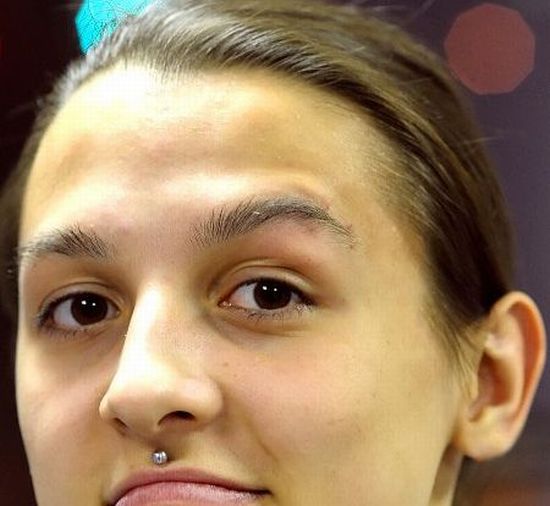

- Category: Pics |
- 22 Jan, 2010 |
- Views: 33176 |

- +95
 |
|-
Amazing photos from the International Photography Contest 2009.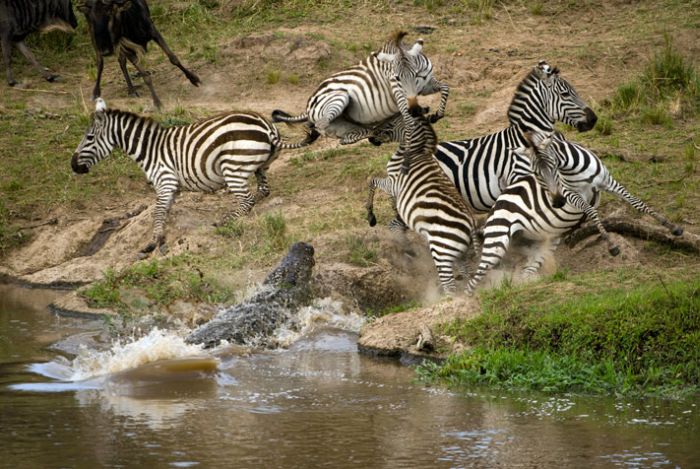

- Category: Girls |
- 22 Jan, 2010 |
- Views: 297853 |

- +662
 |
|-
Nice pictures but slightly NSFW 
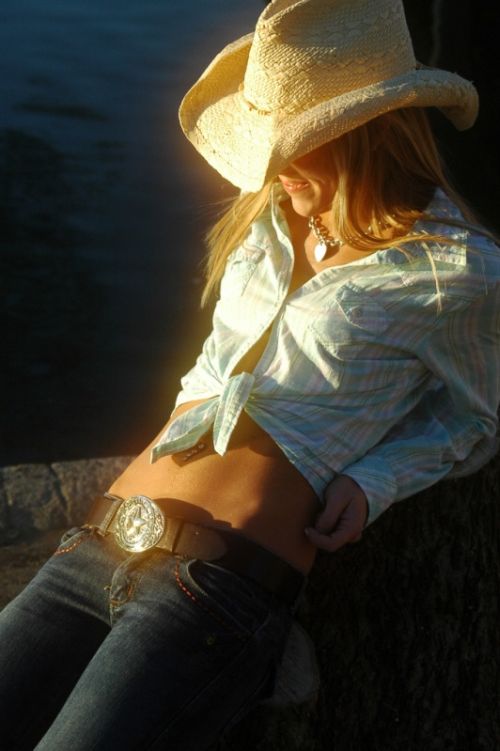

- Category: Video |
- 22 Jan, 2010 |
- Views: 8872 |

- +49
 |
|-
So fake and so funny :)))

- Category: Pics |
- 22 Jan, 2010 |
- Views: 8024 |

- +46
 |
|-

- Category: Pics |
- 22 Jan, 2010 |
- Views: 42947 |

- +104
 |
|-
Some people can take a nap everywhere ))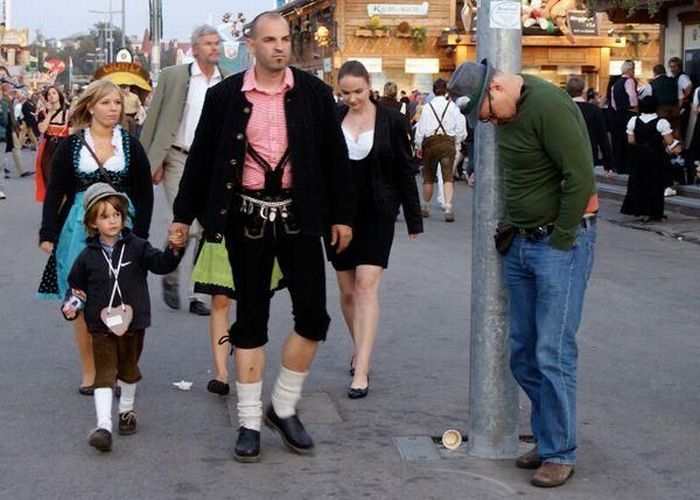

- Category: Pics |
- 22 Jan, 2010 |
- Views: 39566 |

- +119
 |
|-

- Category: Pics |
- 22 Jan, 2010 |
- Views: 11416 |

- +35
 |
|-

- Category: Pics |
- 22 Jan, 2010 |
- Views: 7006 |

- +30
 |
|-
It's not the best place to go swimming.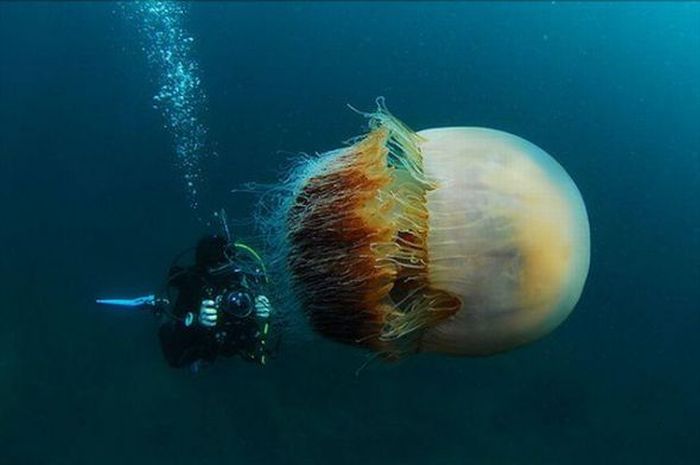

- Category: Pics |
- 22 Jan, 2010 |
- Views: 11157 |

- +36
 |
|-
Mack vs CAT at the Granny Smith Gold Mine in Australia.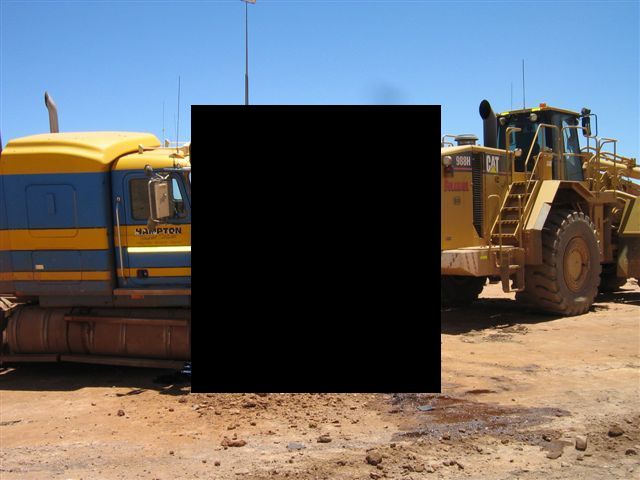

- Category: Pics |
- 22 Jan, 2010 |
- Views: 20777 |

- +55
 |
|-

- Category: Pics |
- 22 Jan, 2010 |
- Views: 18251 |

- +42
 |
|-

- Category: Pics |
- 22 Jan, 2010 |
- Views: 14326 |

- +51
 |
|-
I would like to have some of them.

- Category: Pics |
- 22 Jan, 2010 |
- Views: 12735 |

- +48
 |
|-
There are thousand of things you can do with Lego bricks.
For example, fire.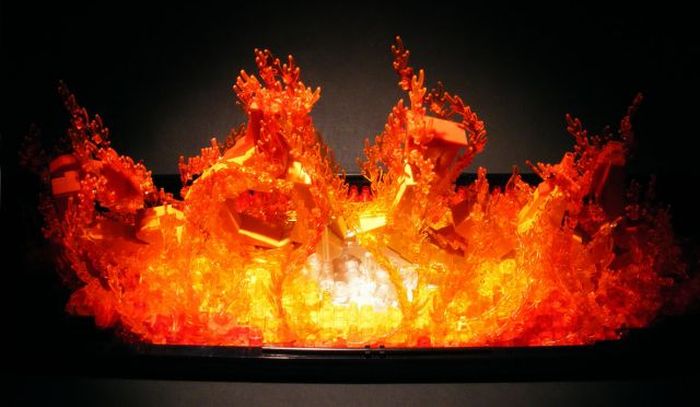

- Category: Pics |
- 22 Jan, 2010 |
- Views: 12450 |

- +64
 |
|-
You have many empty bottles and no bricks?
And you want to built a house?
No problem. You can use bottles instead of bricks.
Take a look.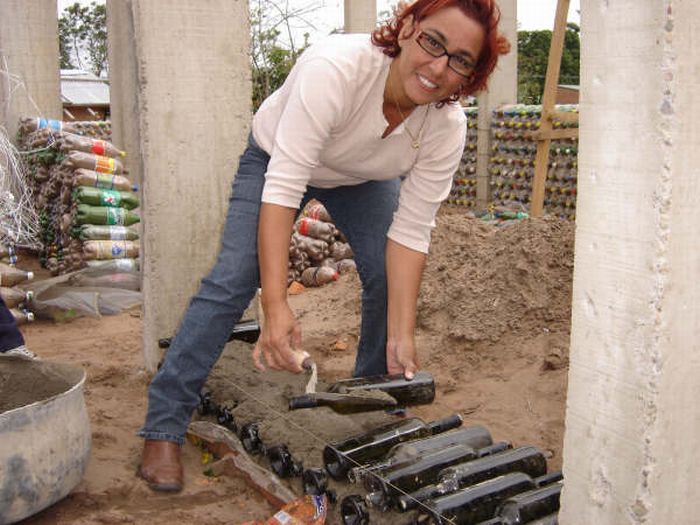

- Category: Picdump |
- 21 Jan, 2010 |
- Views: 20438 |

- +71
 |
|-

- Category: Pics |
- 21 Jan, 2010 |
- Views: 46355 |

- +119
 |
|-

- Category: Pics |
- 21 Jan, 2010 |
- Views: 36598 |

- +93
 |
|-
The first part was HERE.

- Category: Pics |
- 21 Jan, 2010 |
- Views: 17371 |

- +44
 |
|-
A while ago we had a very interesting post about Ghana movie posters.
And today we have another set of very interesting pictures from Africa (Ghana, Egypt, etc).
This time I took a drawn poster and combined it with the original one.
Some of them are funny, some are stupid.
Take a look :)


- Category: Celebs |
- 21 Jan, 2010 |
- Views: 40573 |

- +93
 |
|-

- Category: Girls |
- 21 Jan, 2010 |
- Views: 44891 |

- +141
 |
|-

- Category: Cars |
- 21 Jan, 2010 |
- Views: 46193 |

- +118
 |
|-
A couple of years ago a man from Kazakhstan saw a photo of Rolls-Royce Phantom.
He fell in love with the car, but the price of $400 000 was to high for him.
So he decided to build his own copy of Rolls-Royce Phantom.
Unbelievable but it cost him only 3000 dollars and one year of work to convert his old Mercedes-Benz into Rolls-Royce Phantom.
Amazing.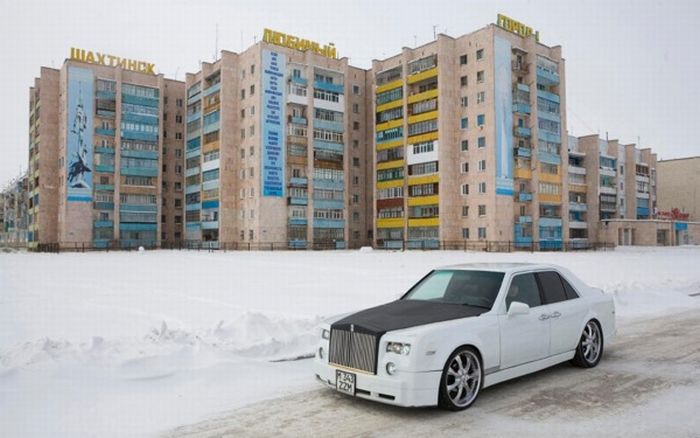

 1 ... 5189 5190 5191 5192 5193 5194 ... 5350
1 ... 5189 5190 5191 5192 5193 5194 ... 5350


 |
|



 |
|


 |
|


 |
|


 |
|


 |
|


 |
|


 |
|


 |
|


 |
|



 |
|



 |
|
